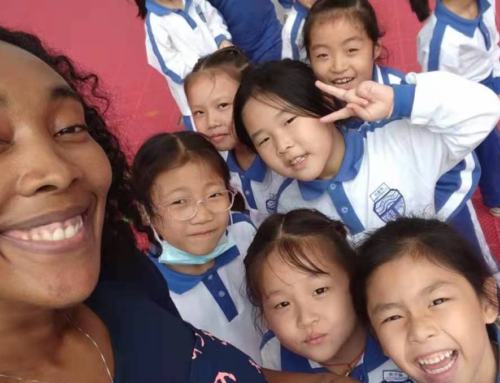We all perceive the importance of art in education, don’t we? On the other hand, the cost matters still can squeeze studies in visual arts, music, dancing, cinema and theatre out the school curriculum. What is the actual importance of art in educational institutions?
From the ancient times, art sets a special place in education system. Plato with his philosophy of beauty believed that art is closely connected with knowledge and science. Understanding art needs good education, the converse is also true.
Learning art disciplines at school positively influences concentration, team playing, motivation, connection with the bigger world. On the other hand, the perceivement of art demands background knowledge. The cultural literacy and aesthetic taste should be developed from the early childhood. That’s why art should set a special place in educational system.
The role art plays in education
1. Art levels up the academic grades
Art teaches schoolchildren to find out-the-box solutions. We live in the Information Age when the rigid schemes and teachers’ directions are no longer effective. Learning depends on how effective you are on research stage rather than on what you know. You need creative and independent thinking to tackle literature effectively.
The research composed of 62 studies in Los-Angeles, California in 2002 have proven that studying arts brings better score level in math, literature and writing. Ideally, the art disciplines should be integrated with the traditional school curricula.
2. Art develops independent and critical thinking
 Art is based on harmony. We perceive beautiful music, poetry and visual arts in the same way we enjoy dainty dishes. Yet there’s cultural and intellectual background beyond the artistic harmony.
Art is based on harmony. We perceive beautiful music, poetry and visual arts in the same way we enjoy dainty dishes. Yet there’s cultural and intellectual background beyond the artistic harmony.
Art makes students more prone to subject matter analysis and explaining judgements. A report from Solomon R. Guggenheim Museum ‘Learning Through Art’ pilot program shows curious results. Studying art results in better creative writing abilities, educated taste and critical thinking. Under the project, the students who took classes from the artists could further work as broadcast journalists.
3. Good art education closes the gap between the different socioeconomic groups
Since children from low-income families have less financial opportunities to receive education in arts, the proper inclusion in school curriculum can bring more social equality. ‘A Portrait of the Visual Arts’ research performed in 2005 demonstrates how art helps schoolchildren connect outside the different socioeconomic layers and demographic groups.
4. Art brings motivation and contributes to better disciplinary record
Art encourages students for better attendance by making the learning process interactive and lively. Students who receive qualitative art education have more motivation and better interpersonal skills. The performance in academic disciplines also goes from strength to strength. Creativity results in positive classroom environment and team play. The highlights from numerous researches are very illustrative. Schoolchildren have shown great results after studying visual arts, creating the original opera and taking art-integrated lessons. The students were also more prone to risk.
5. Creativity results in positive classroom environment and team play
Let’s not forget that learning process should be fun. The creative approach makes students more relaxed, outgoing and initiative. Task solution can be organized in form of a game with inclusion of evocation, imagination and cooperation. Art education develops healthy self-esteem and creates friendly environment in classroom.
Art Education in China
The role of art in Chinese education program was initially defined in 1890s by the Ministry of Arts. There’s full time staff responsible for art education in provinces and autonomous regions. Schoolchildren receive education in music and fine arts at the city level in majority of provinces.
 There are more than 70 categories of school-studied material related to arts. The extra-curriculum activities include art societies and art festivals throughout the country.
There are more than 70 categories of school-studied material related to arts. The extra-curriculum activities include art societies and art festivals throughout the country.
Art plays an important role in the distinctive Chinese culture. The artists associate themselves with objects of nature and express their emotional state through the brushstrokes. The most emotional Chinese paintings show birds, bamboos and flowers – very neutral for the western naturalistic approach.
That’s the weighty reason to develop the aesthetic taste in schoolchildren from the early childhood. The cultural legacy of the country depends on the quality of art education. Art brings us more consciousness, piece of mind and thirst for knowledge.

















Leave A Comment